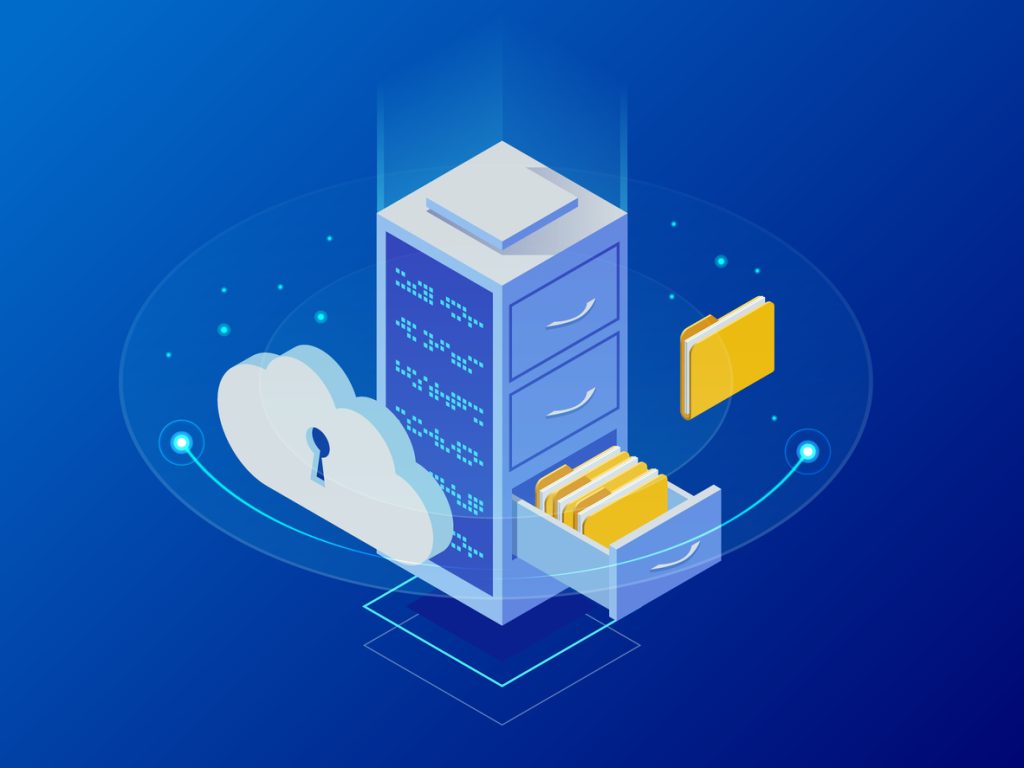Imagine data as a traveler, commencing a transformative journey through complex pathways, experiencing modifications at every turn.
This situation calls for real-time data lineage tracking to ensure transparency and accountability in data governance.
In cloud data governance, real-time tracking data plays a vital role in maintaining data integrity and regulatory compliance.
This method captures and visualizes the complicated path data takes, from its origin through numerous transformations to its final storage locations.
Real-time data lineage tracking offers improved transparency and accountability.
Stakeholders from different sectors can easily understand the origins of specific data points, comprehend the changes made, and identify their final repositories.
This transparency promotes a sense of responsibility among data stewards and teams, encouraging them to take ownership of their roles throughout the data lifecycle.
Moreover, real-time data lineage tracking is valuable for effectively detecting data anomalies.
Through continuous monitoring, any deviations from expected patterns trigger immediate alerts.
Whether there is a discrepancy in the data transformation process or a sudden increase in data volume, the lineage tracking system issues an early warning.
This capability empowers organizations to address issues quickly, preventing potential errors from becoming significant challenges.
In essence, tracing the data lineage reveals in detail the complex aspects of moving and transforming previously hidden information.
This capability allows companies to track their data’s path and see how it changes over time. This practice ensures data integrity and compliance in cloud ecosystems by strengthening complex data governance strategies.
The Purpose and Flow of Real-Time Data Tracking
Real-time data lineage tracking precisely maps and visualizes the trajectory of data, starting from its inception and spanning various stages of transformation, ultimately leading to storage.
This practice provides a dynamic visual representation of data flow, offering insights into its progression and assisting in identifying potential anomalies.
Real-time data lineage tracking aims to provide a clear and comprehensive data flow record, empowering organizations to understand its route and enhancing governance and compliance measures.
The initiation of real-time data lineage tracing originates at the data source, such as a database or any initial point of data generation. Subsequently, the data progresses through diverse stages of transformation, encompassing processes such as cleansing, enrichment, and aggregation.
The ultimate culmination might occur in a data warehouse, an analytics platform, or a designated repository for storing valuable information. Thus, having the complete trajectory of data remains essential for facilitating transparency and achievability.
The Advantages of Tracking Real-Time Data Lineage
Real-time data lineage tracking has numerous benefits:
-
Improved Process Transparency
Visualizing the journey of data promotes accountability among stakeholders, ensuring they take responsibility for their roles in the data lifecycle.
-
Efficient Anomaly Detection
Real-time tracking quickly identifies anomalies through alerts, enabling prompt intervention to address unexpected changes or surges in data volume.
-
Simplified Root Cause Analysis
Real-time lineage tracking simplifies identifying the root cause by providing a clear history of data transformations and movements, facilitating timely issue resolution, and preventing the reoccurrence of such issues.
Automated Monitoring for Proactive Data Surveillance
Automated monitoring systems are central in modern data governance, enabling proactive oversight. These systems continuously assess data quality, detecting anomalies and inconsistencies. They monitor data transformations and trigger real-time alerts for rapid response to any issues.
At their core, automated monitoring systems act as custodians of data quality, conducting ongoing assessments for accuracy. Analyzing real-time data streams, they identify deviations and flag inconsistencies that may indicate breaches.
These systems also oversee data transformation, ensuring that data integrity remains uncompromised. Automated monitoring triggers are activated in response to unauthorized access or suspicious activities, proactively averting breaches and maintaining data integrity.
Periodic Audits of Cloud Data Governance
Regular audits are integral to cloud data governance, guaranteeing conformity with standards and regulatory requirements. These audits play a pivotal role in upholding data integrity and security.
They encompass a comprehensive approach that entails establishing parameters, determining audit frequency, and outlining the scope of the audits.
The importance of periodic audits lies in their ability to quantitatively assess an organization’s data practices.
Audits evaluate data processes against established standards by establishing clear parameters and metrics. The frequency and scope of audits are carefully selected to balance vigilance and operational efficiency.
Significantly, audits go beyond compliance. The insights gained from audits become invaluable assets for improvement. They highlight the strengths and weaknesses in data governance strategies, enabling organizations to refine their practices, address vulnerabilities, and enhance overall data security.
Real-life Examples of Cloud Data Lineage Tracking
Cloud data lineage has resulted in significant accomplishments across various industries.
For instance, Standard Chartered collaborated with Kylo Teradata for Project Rubicon, employing real-time data lineage for compliance, insights, and automation.
Similarly, NCR Corporation partnered with Dremio to gain data insights during cloud migration and streamline querying.
Likewise, Sky Deutschland utilized Talend Data Lineage to enhance user experiences with agile query responses.
Teradata Kylo supported the Georgia Department of Transportation in obtaining insights into variable speed limits. At the same time, Air France teamed up with Talend for personalized real-time updates and General Data Protection Regulation (GDPR) compliance.
These examples highlight the role of cloud data lineage in promoting efficiency, compliance, and improved experiences across different sectors.
Tools for Tracking Data Lineage
Various tools are available for tracking data lineage:
– OvalEdge
– CloverDX
– Alation
– Datameer
– Atlan
Best Practices for Effective Data Governance
To ensure comprehensive cloud data oversight, it is recommended to:
– Integrate lineage tracking, monitoring, and audits.
– Foster collaboration among IT, data, and compliance teams.
– Prioritize data encryption and access control to protect sensitive information.
– Ensure flexibility for scaling to adapt to changing needs and ensure effective governance.
The Bottom Line
Continuous monitoring and auditing of cloud data governance and real-time data lineage tracking play crucial roles in today’s data-driven landscape.
These practices empower organizations to ensure data integrity, regulatory compliance, and proactive issue resolution. Organizations can confidently navigate the complex data journey by promoting transparency, accountability, and collaboration among diverse teams.
With robust tools and best practices, effective data governance is the foundation of a thriving and secure data ecosystem.








